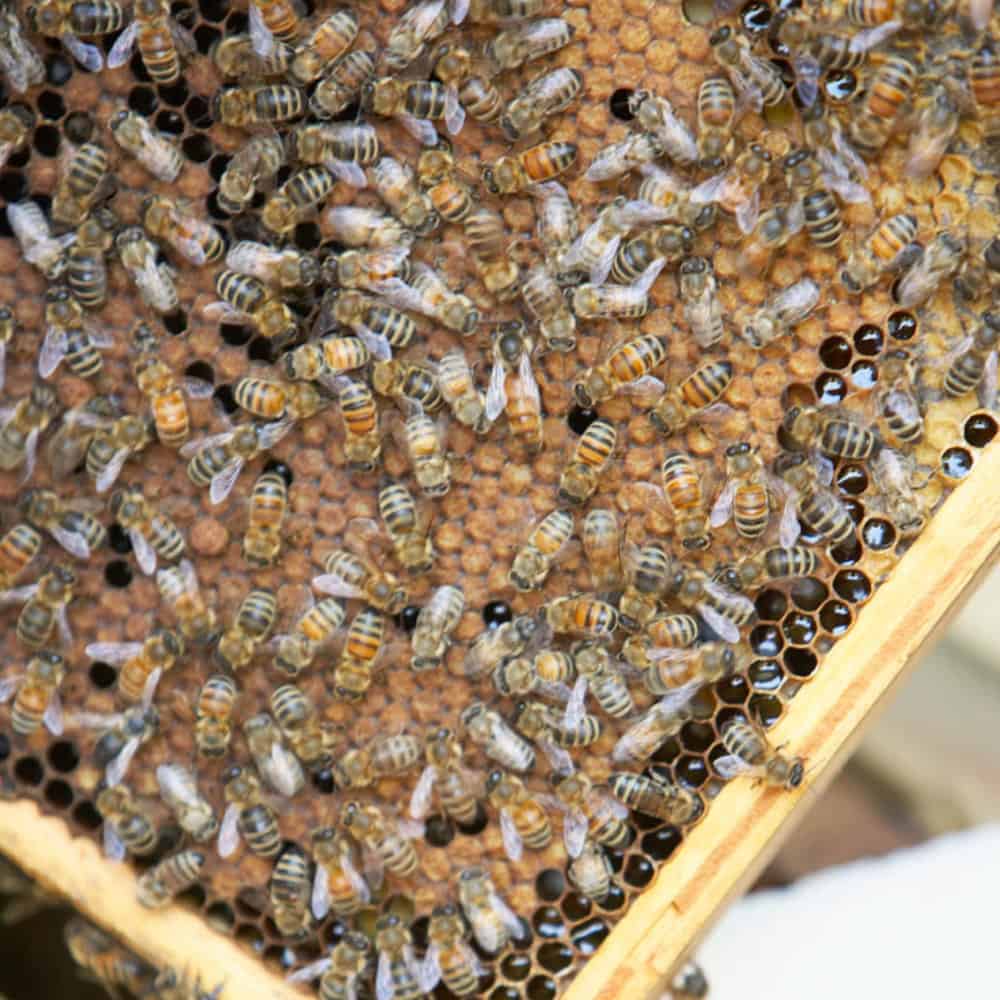If you are looking to start beekeeping and keep domestic bees safe and healthy, you have come to the right place. Beekeeping is a rewarding and fascinating hobby, but it also comes with a great responsibility. Keeping your domestic bees safe and healthy is essential for the success of your beekeeping venture. This article will provide you with tips and advice on how to ensure the optimal health of your bees and how to keep them safe.
What is a Domestic Bee?
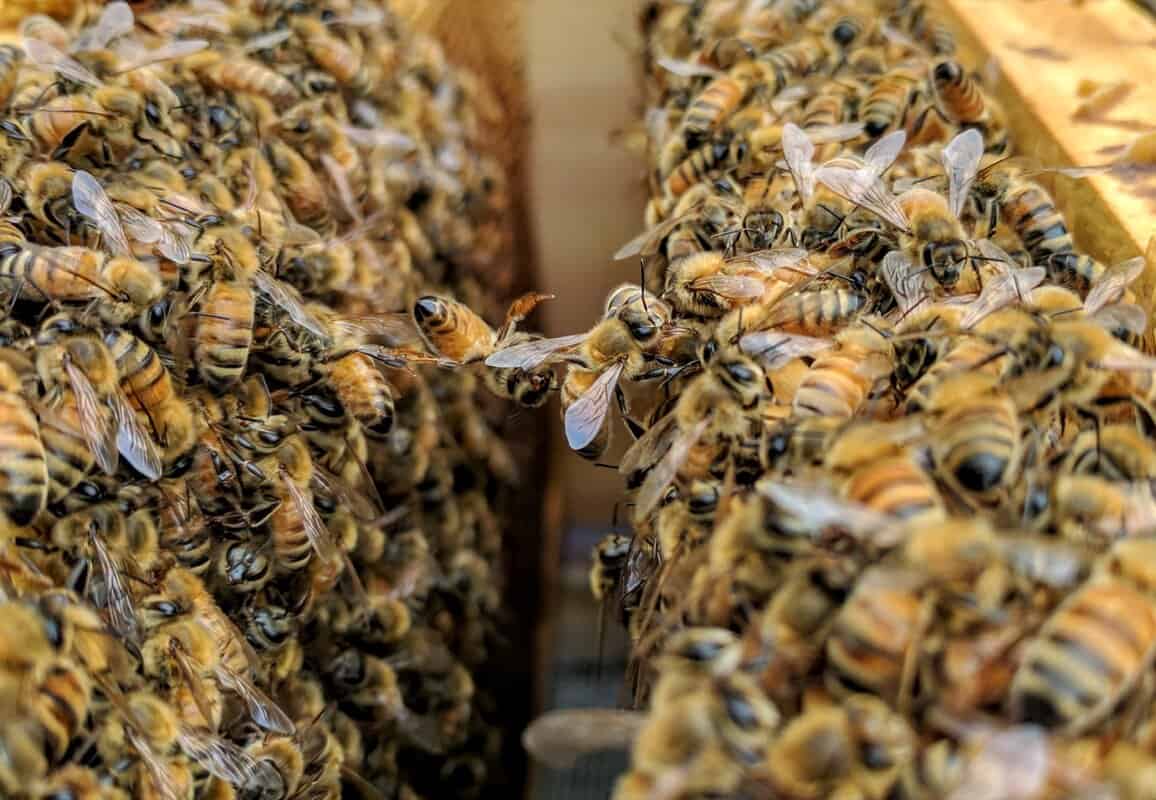
Domestic bees, also known as domestic honey bees, are the honey bees that are kept in the apiaries and managed by beekeepers. They are the species of Apis mellifera and have been managed for centuries for honey production and pollination of plants.
- Diet: Domestic bees feed on nectar and pollen from flowers, as well as other sources of carbohydrates such as honey, sugar, and syrup.
- Colonization: Domestic bees live in colonies that can range from a few thousand to up to 60,000 bees.
- Social Structure: Domestic bees have a complex social structure, with each colony consisting of a queen, workers, and drones.
- Lifespan: The average lifespan of a worker bee is 6 weeks, while the queen can live up to 5 years.
- Pollination: Domestic bees play an important role in pollinating plants, and they are responsible for pollinating a wide variety of crops and flowers.
Domestic bees are essential for honey production and agricultural pollination, and they play an important role in the environment. Beekeeping is an activity that requires knowledge, skill, and dedication, and it is important to keep domestic bees safe and healthy in order to ensure a healthy and productive beekeeping operation.
What is a Domestic Honey Bee?
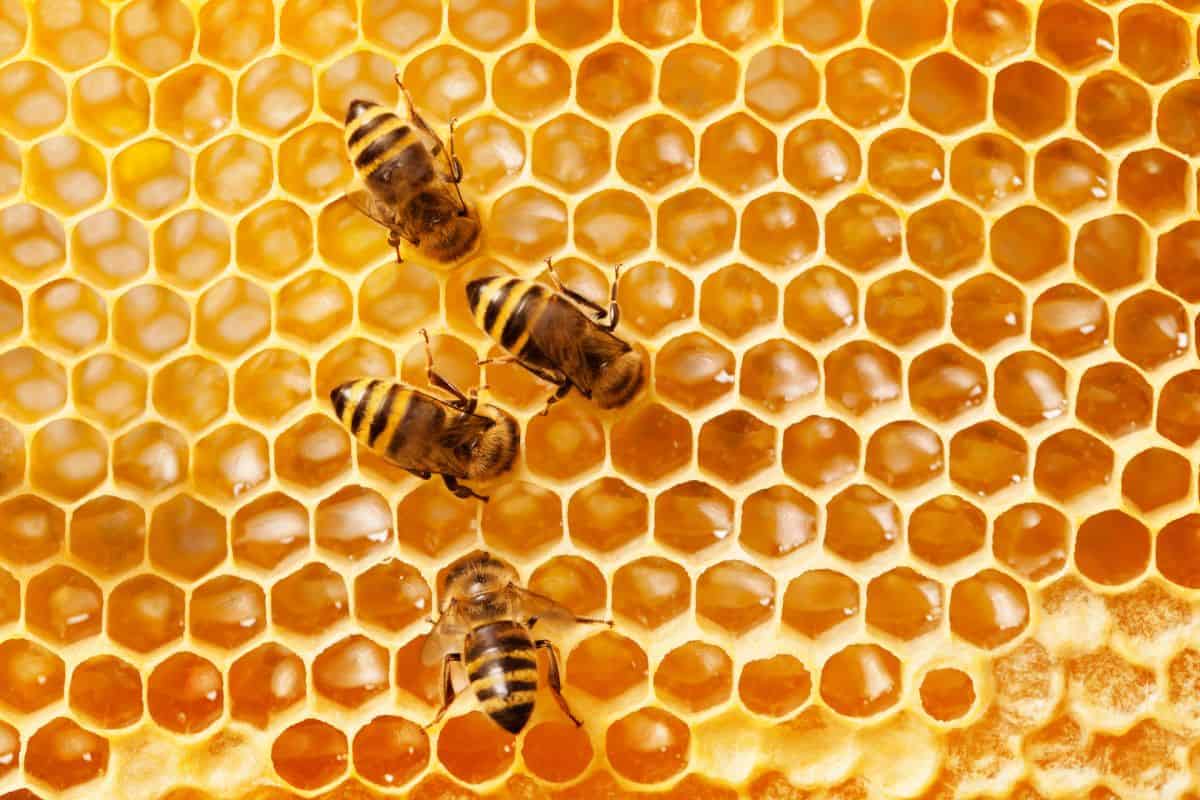
Domestic honey bees, or Apis mellifera, are the species of honey bee primarily used in beekeeping. They are one of the most popular types of bees due to their ability to produce a large amount of honey, their docile nature, and their ability to survive in various climates. Honey bees are social insects, living in large colonies that can contain thousands of individual bees. They are well adapted to their environment, with a complex social structure and division of labor. They are typically kept in man-made hives, where they can be managed for honey production, pollination, and other purposes.
Benefits of Domestic Beekeeping
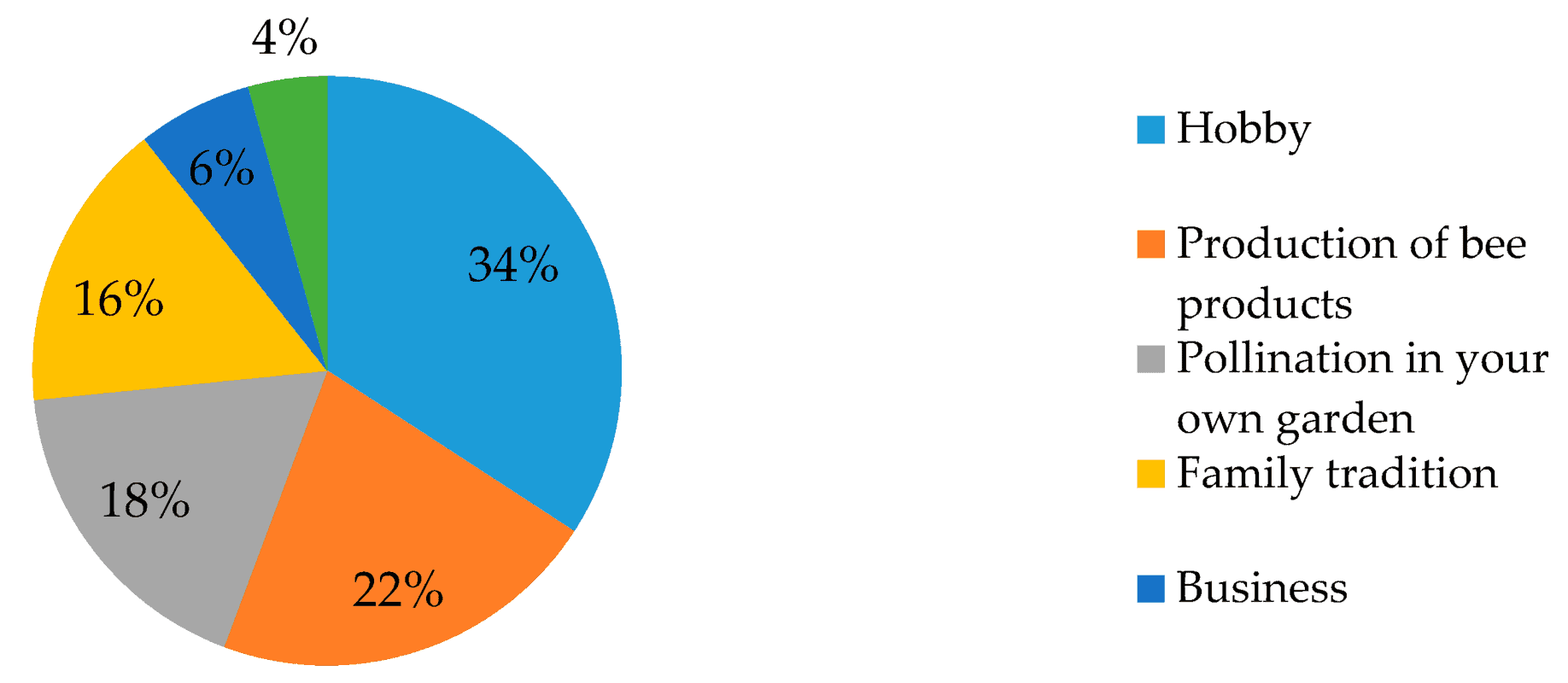
- Pollination: Keeping bees at home helps to improve the pollination of plants in gardens and orchards, resulting in a greater yield of crops.
- Natural Pest Control: Bees are natural predators of certain pests, such as aphids, helping to control their population.
- Honey Production: Honey is one of the most sought-after products of beekeeping. It has many health benefits, such as being a natural remedy for colds, sore throats, and allergies.
- Wax Production: Bees produce wax which can be used to make candles, soaps, and cosmetics.
- Educational Opportunity: Keeping bees is a great way to learn about the life cycle of bees and the importance of pollination.
- Sustainable Food Source: Beekeeping can provide a sustainable source of food, such as honey and beeswax, that can be harvested without damaging the environment.
Equipment Needed for Domestic Beekeeping
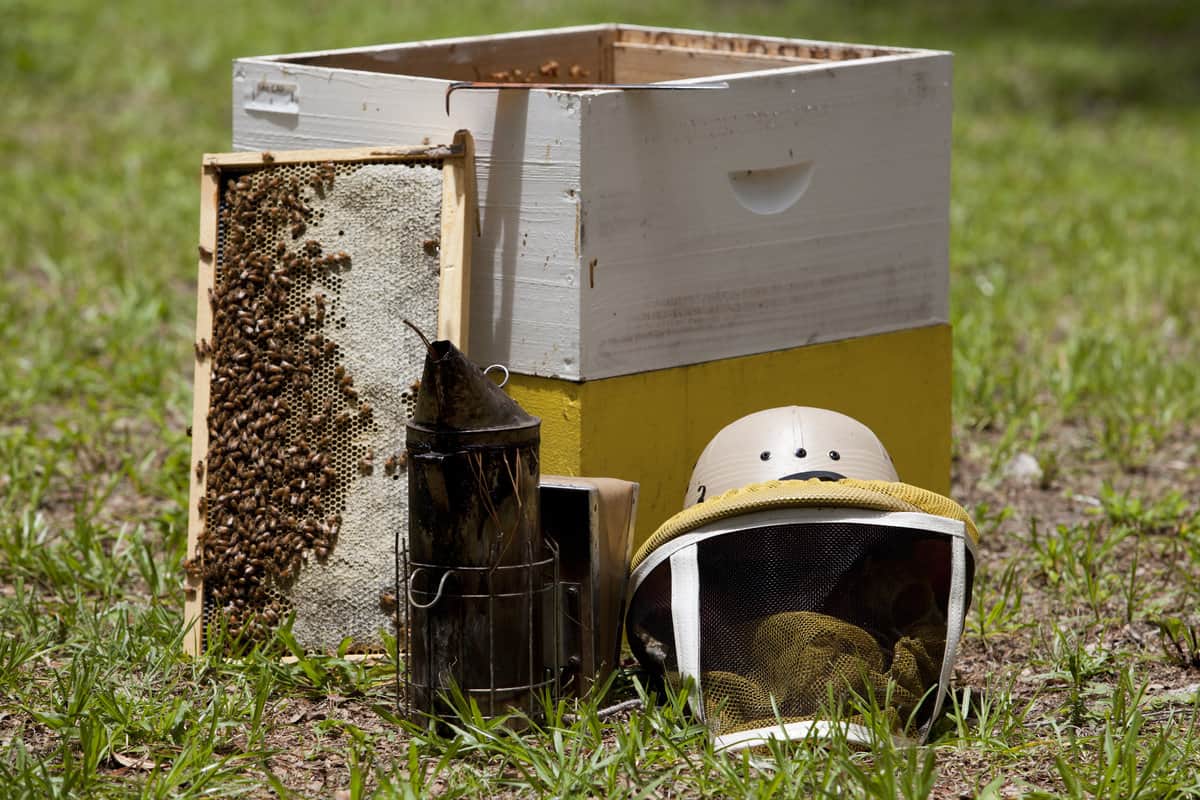
Bee suit: A bee suit protects the beekeeper from stings and keeps the bees from becoming agitated. It should include a veil, gloves and foot protection.
Beehives: Beehives are the home for the bees. They come in many sizes and materials and should be selected based on the beekeeper’s needs.
Frames: Frames are needed to house the honeycomb where the bees store their honey and pollen.
Smoker: A smoker is used to calm the bees and keep them from becoming agitated.
Hive tool: Hive tools are used to open the hive and inspect the frames.
Feeder: Feeders are used to provide the bees with the nutrition they need.
Queen excluder: Queen excluders are used to keep the queen bee from entering certain parts of the hive.
Honey extractor: A honey extractor is used to extract honey from the frames.
Brush: A brush is used to gently remove the bees from the frames.
Feeding dish: A feeding dish is used to provide the bees with supplemental food.
Harvesting equipment: Harvesting equipment is used to collect the honey and wax produced by the bees.
Setting Up Your Hive
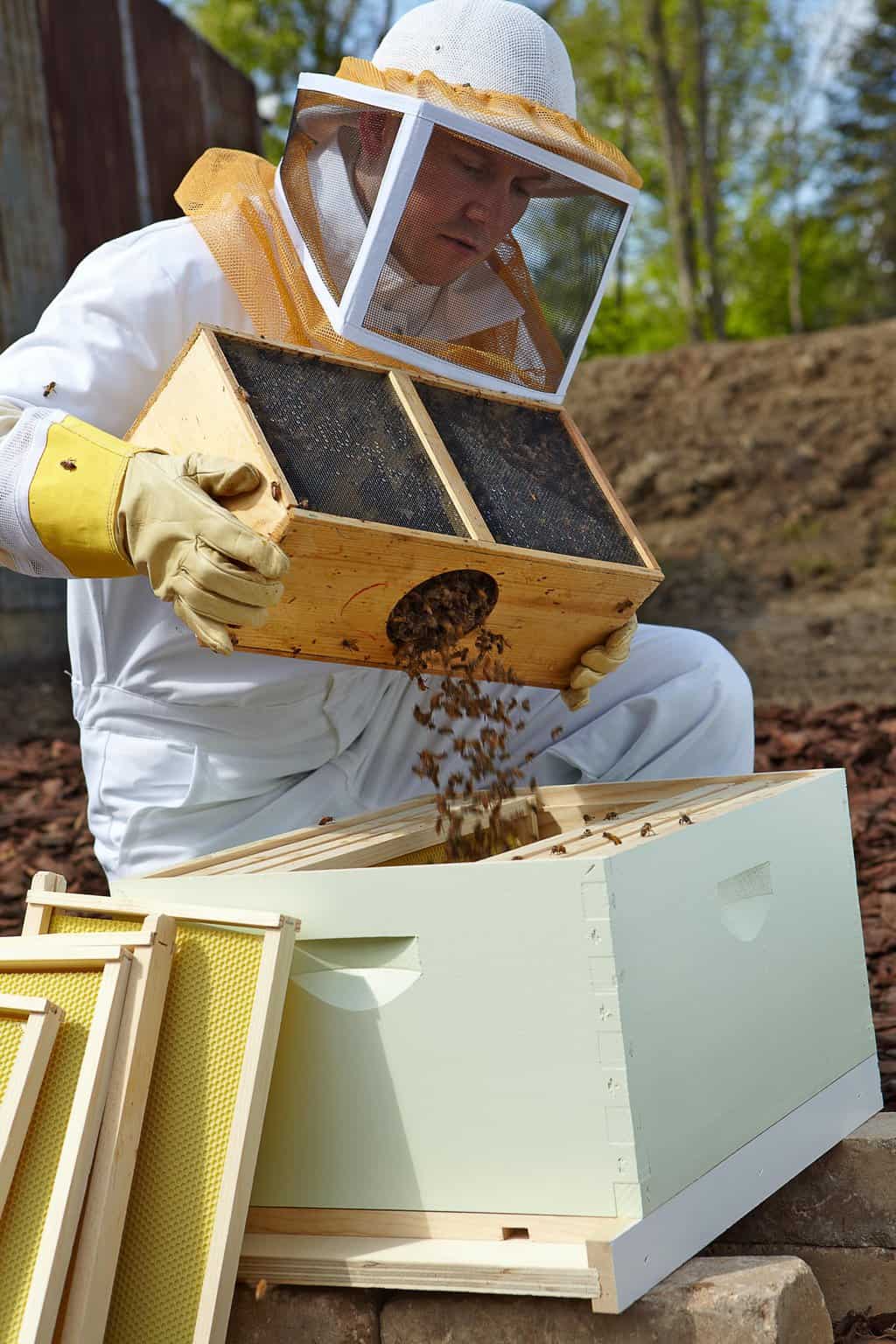
- Choose an appropriate location. Choose a location that is sheltered from the wind, in full sun, and away from any foot traffic. Make sure the location is free from any potential pesticide contamination.
- Prepare your hive. Make sure your hive is well maintained and free of any possible pests or diseases. If you are using a Langstroth hive, make sure the frames are properly spaced and the foundation is securely attached.
- Install your bees. Once your hive is prepared and ready, install your bees. Make sure to follow the instructions for your particular species of bee, as some may require extra steps for installation.
- Provide adequate ventilation. Bees need adequate ventilation to keep their hive temperatures regulated. Make sure the hive entrance is not obstructed and there are enough holes in the sides of the hive to allow for adequate airflow.
- Monitor your hive. Regularly check your hive for signs of pests, disease, and other problems. Check the frames to make sure they are securely attached and the hive is properly ventilated.
Feeding Your Domestic Bees
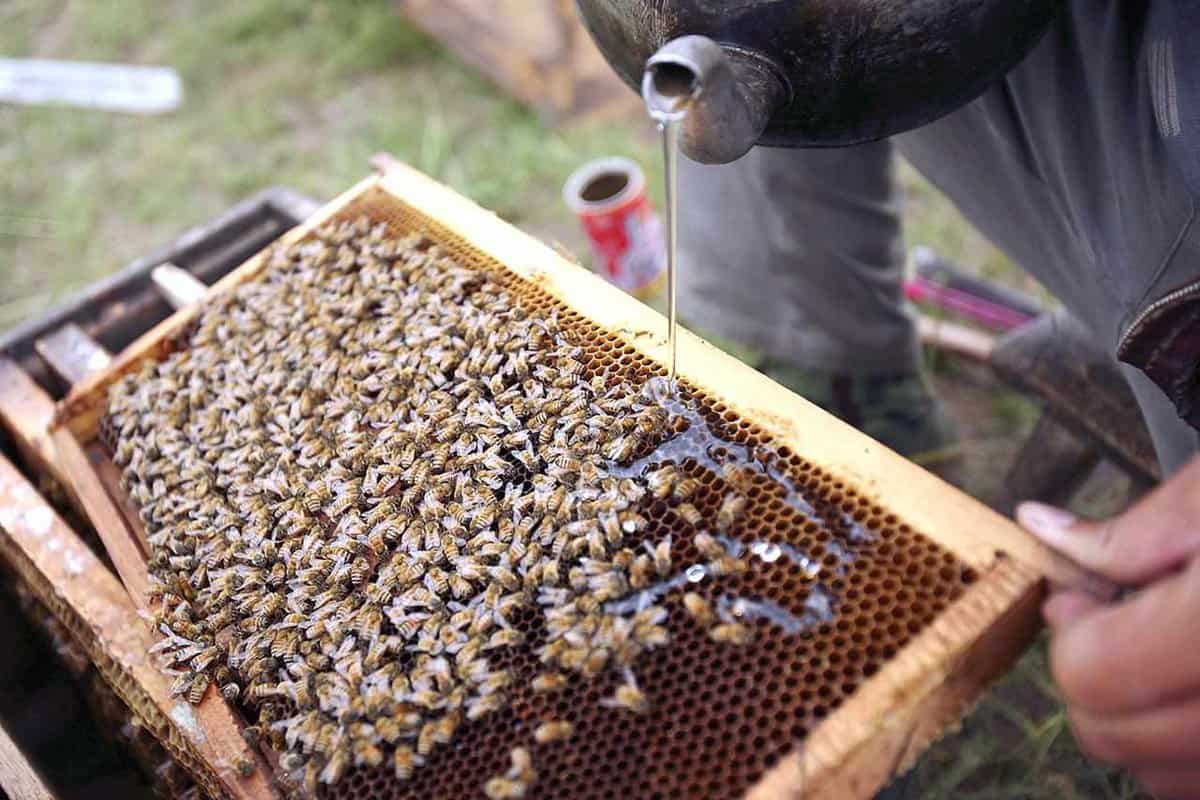
Domestic bees need regular food supplies to stay healthy and productive. Beekeepers should provide a balanced diet of nectar, honey, pollen, and other essential nutrients.
Nectar
Nectar is the main source of energy for domestic bees. It is a sugary liquid produced by flowers, trees, and shrubs. Bees feed on the nectar then store it in the hive as honey.
Honey
Honey is a concentrated form of nectar that is produced by the bees. It is used as a food source and also helps regulate the temperature inside the hive.
Pollen
Pollen is a nutritious source of protein and vitamins for bees. It is collected from flowers by the bees and brought back to the hive.
Supplementary Feed
In times of food scarcity, beekeepers can provide supplementary feed such as sugar syrup, protein supplements, or pollen substitutes. This should be done carefully so as not to disrupt the natural balance in the hive.
Table
| Food Type | Description |
|---|---|
| Nectar | Sugary liquid produced by flowers, trees, and shrubs. |
| Honey | Concentrated form of nectar produced by the bees. |
| Pollen | Nutritious source of protein and vitamins. |
| Supplementary Feed | Sugar syrup, protein supplements, or pollen substitutes. |
Protecting Your Domestic Bees from Predators
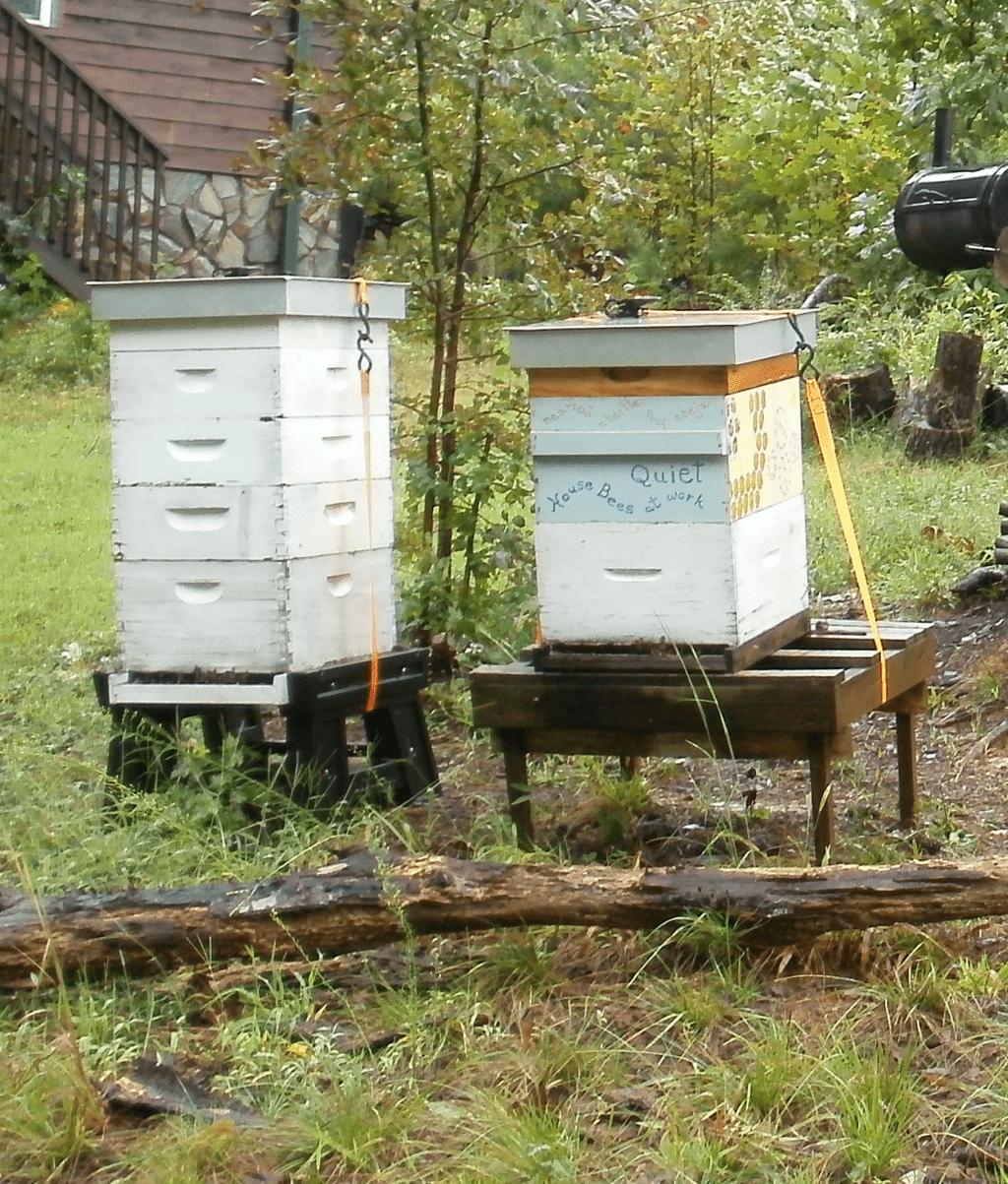
1. Install a sturdy fence: A sturdy fence can be a great way to protect your domestic bees from predators. The fence should be tall enough to prevent any predators from getting into the hive.
2. Use mesh netting: Mesh netting is an effective way to keep predators away from your hive. Make sure to use a heavy-duty netting that can withstand the elements and any potential predators.
3. Install bee houses: Bee houses can provide a safe place for your bees to escape from predators. Make sure to check the bee houses regularly to ensure they are in good condition.
4. Place bee boxes on the ground: Placing bee boxes on the ground can help keep predators away. Make sure to secure them with a strong lock to prevent any unwanted visitors.
5. Keep the area around the hive clean: Keeping the area around the hive clean can help deter predators. Remove any debris and keep the area free of food scraps.
6. Use bee guards: Bee guards are small devices that can be placed on the hive to help protect the bees from predators. They work by emitting a high-pitched sound that can scare away predators.
Monitoring Your Domestic Bees
- Domestic honey bees should be monitored regularly to ensure their health and safety. Check for signs of disease, parasites, and other health issues.
- Look for signs of overcrowding, such as a decrease in stored honey and pollen, or an increase in the number of bees in the hive.
- Check for signs of pests such as mites, wax moths, or other insects that can harm the hive.
- Inspect the hive for any cracks, holes, or other areas that could allow pests or other animals to access the hive.
- Look for evidence of pests or parasites that may be present, such as an increase in the amount of dead bees around the hive.
- Check the bees for signs of stress or disease, such as slow movement or a lack of appetite.
- Check for any signs of bee aggression, such as fighting or stinging.
- Be sure to check for any signs of parasites, such as Varroa mites, which can cause significant damage to domestic bee colonies.
- Check the hive for any signs of disease, such as the presence of mold or fungus.
- Monitor the hive for any signs of queen failure, such as a decrease in the number of eggs or larvae in the hive.
- Monitor the hive for any signs of swarming, such as an increase in bee activity or an increase in the size of the hive.
Frequently Asked Questions
What are some of the common health issues domestic bees experience?
Domestic bees can suffer from a variety of health issues such as Varroa mite infestations, American foulbrood (AFB), European foulbrood (EFB), chalkbrood, wax moth infestations, Nosema, and pesticide exposure. It is important to monitor hives for signs of disease or distress, and act quickly to treat any issues that arise. Keeping hives clean and free of debris, providing the bees with a healthy environment, and treating any diseases or pests promptly and correctly are all important for keeping domestic bees healthy.
What type of environment is ideal for beekeeping?
- Protection from the wind: Wind can cause bees to become disoriented and not return to the hive. Therefore, it is best to keep the hive in a sheltered area.
- Sunlight: Bees need direct sunlight to regulate their body temperature and to help with their navigation. Therefore, the hive should be placed in an area that gets plenty of sunlight.
- Water: Bees need access to water to maintain their body temperature. Therefore, the hive should be placed close to a source of water such as a pond, stream or birdbath.
- Pesticide-free: Bees are sensitive to pesticides and should not be kept in an area where they are likely to come into contact with them. Therefore, the hive should be placed in an area that is free from pesticides.
How often should I inspect my hives?
- Monthly: Inspect monthly to check for pests, signs of disease, and honey supers.
- Bi-Monthly: Check your hives every other month to look for colony activity, to monitor the health of the queen, and to spot any problems early.
- Seasonally: Inspect your hives once per season to check for any changes in the hive population, any disease, and to make sure the hive is in good shape.
It is important to inspect your hives regularly in order to maintain the health and safety of your domestic bees. Regular inspections allow you to spot any problems early on, which can help save your hive from further damage or death. Inspecting your hive every month, every other month, or seasonally can help you get an overview of the health of your hive and make sure that everything is running smoothly.
What should I do if I notice signs of distress in my bees?
- Check for signs of disease: Look for signs of disease such as mites, fungus, or other parasites. Treat any signs of disease with the appropriate medication.
- Check for pests: Inspect the hive for any signs of pests such as ants, wasps, or other insects. If present, take necessary steps to eradicate them using appropriate methods.
- Check for food and water: Make sure the hive has an adequate supply of food and water. Add more if necessary.
- Check for overcrowding: If the hive is overcrowded, split the hive into two separate hives. This will provide more space for the bees and reduce stress.
- Provide shade: Make sure that the hive is in a shady area and provide additional shading if necessary. This will help keep the hive cool and reduce stress.
What kind of protective gear is necessary for beekeeping?
Protective Clothing: Beekeepers should wear a light-colored, full-length suit with a hood, gloves, and boots to protect against stings and other potential hazards. It is important to also consider the material of the suit, as some materials are better at protecting against stings than others.
Veil: A veil is essential to protect the face, neck, and head from bee stings. It should be constructed from durable material that can withstand bee stings.
Hat: A hat or a hood is also essential for beekeeping, as it offers protection to the head, ears, and neck.
Gloves: Beekeepers should wear leather or other durable material gloves to protect their hands from stings.
Boots: Beekeepers should wear boots that are waterproof and provide good ankle support. Boots should also be made from durable material to protect against bee stings.
Smoker: A smoker is a useful tool for beekeepers, as it helps to calm the bees and make them less aggressive. It also helps to reduce the amount of protective gear needed.
Conclusion
Beekeeping is a rewarding and enjoyable hobby that requires patience and dedication. By following the appropriate safety and health guidelines, beekeepers can ensure the health and safety of their bees while also protecting their own wellbeing. With the right knowledge and supplies, anyone can become a successful beekeeper and enjoy the benefits of keeping and maintaining a healthy and safe hive.
